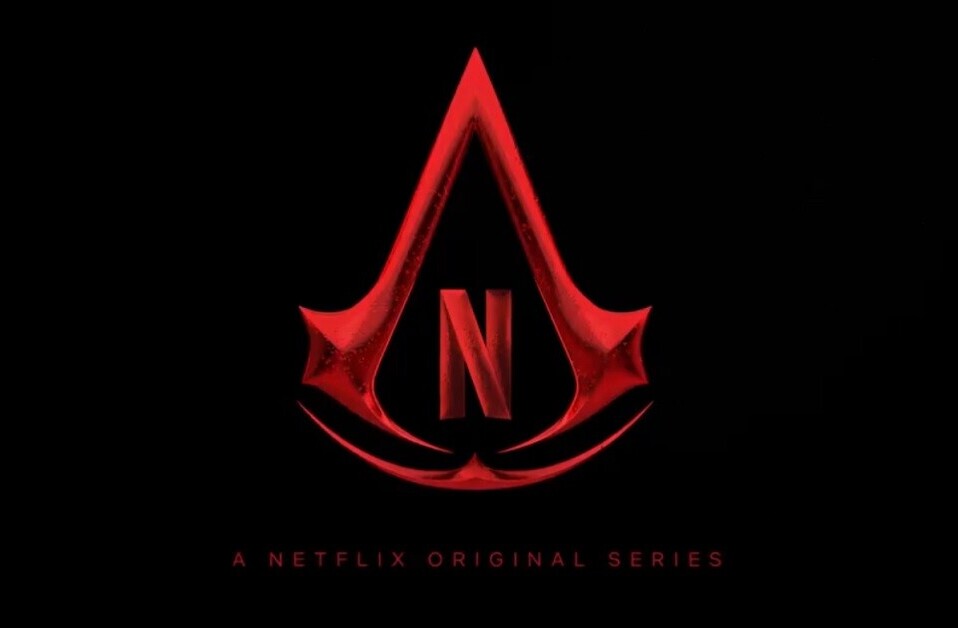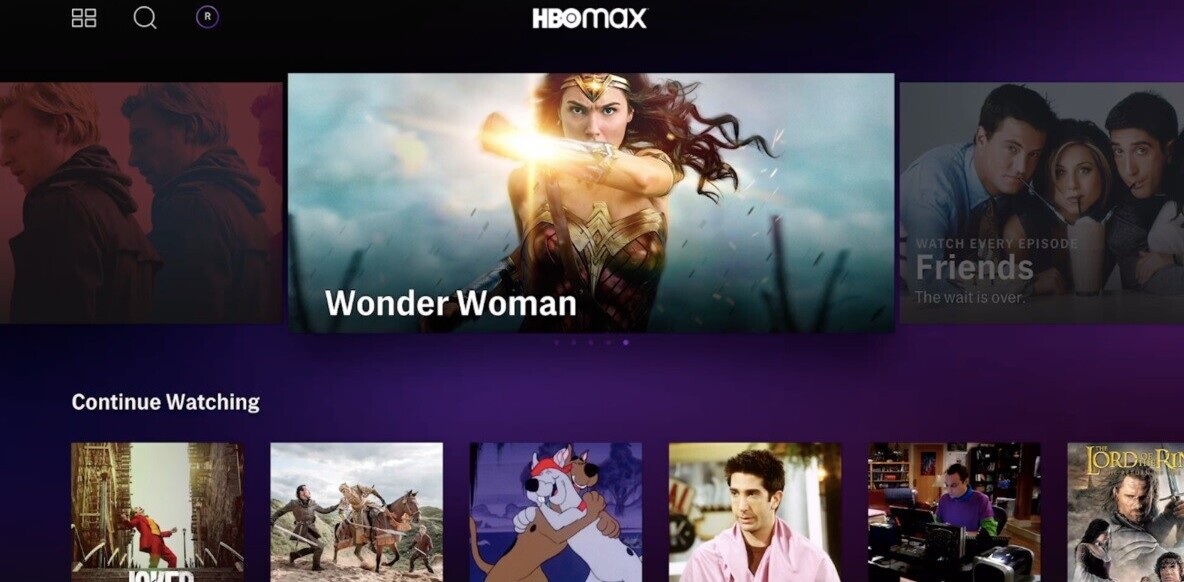
A while back, I discussed how to use humor in your social media communications, and why it works. However, when you delve into the world of Business-to-Business (B2B) communications, a lot of rules, regulations, and seriousness must be applied. Comparatively, the world of Business-to-Consumer (B2C) marketing has a much higher ‘fun factor’ when it comes to communications.
Working in the B2B sector doesn’t mean that your communications have to step into the realm of boredom, though. In fact, if you apply the following five rules to your B2B marketing communications, you’d be well on your way to providing potential customers (i.e. leads) with valuable information, in an easy to read, remember, and perhaps most important, share format.
1. Cut to the chase

Perhaps B2C marketers get a bit of a break, as they often craft their messaging with a storyline involved. And try as they might, I’ve very rarely seen a rundown of the new XG1s widget machine involved in a gripping or humorous storyline. Thus, when it comes to B2B marketing content, cut to the chase in keep the messaging as brief as possible.
If you look at some of the most viral content that’s crossed your screen over the years, I’d bet that the vast majority of it contains no more than a few words, if any, but is rather a short, powerful idea that’s been cleverly packaged. Keep this in mind the next time you’re crafting your B2B comms.
When you complete your first draft, return to your data source and start hacking away at unnecessary items. If you’ve started off with five paragraphs, can you cut it down to three? If three, can it be condensed into one? The more efficiently you can convey your message, the higher likelihood that the right people will read it, as well as share it with others. Save the beautiful prose for your songwriting career. When it comes down to B2B communications, people are busy – get to the point!
2. Take aim, fire!

Perhaps another way of stating this would be, “Who are you targeting?” Are you going after the department head, division head, the C-suite? What do these individuals care about? What are their pain points, and how can you elevate these woes?
The phrase, “You can’t please all the people all the time,” immediately comes to mind, as chances are, you’re not going to hit every nail on the head, and that’s perfectly OK, provided that you hit the right nails. If you’re diluting your content down to try to encompass the widest audience, ultimately, you’ll end up dumbing it down to such a level that it will no longer remain interesting or valuable to the intended target audience – the decision makers.
On the flip side of this argument, if you’re worried that your content is too targeted, the answer is simple: you’re not producing enough content. Again, you can’t be all things to all people, but you can be different things to different people through different content approaches.
3. Aim wide

Building upon the above statement, while you need to keep your target audience in mind, you’ll also want to keep human beings in mind. Meaning, as human beings we all like a personalized service, but we ultimately want to be part of something larger than we are.
There’s a fine line to walk (or write) between highly targeted, specific content, and making it so narrow of a topic that few others can relate. Masters of highly shareable content know this, and are skilled artists at knowing exactly how and what a C-suite wants to hear, but also realizes that there will be other factors in landing the sale, a part of which is supported by B2B communications and marketing content.
If you’re presenting a highly technical, or multi-faceted communication, try applying the Cut to the Chase method above, try to break your communications up into multiple emails, sections of a white paper or document, etc. This way, multiple parties can take what they need from you, while still feeling part of the larger, overall project and sale.
4. Unique and of value

It should go without saying that since the dawn of the Internet, the content has been fast, furious, and non-stop. With over 53 million WordPress blogs alone, it’s important to keep in mind that your B2B consumers have a myriad of places that they can seek answers. What makes yours stick out?
You’ve heard this time and time again, but there’s no harm in reinforcing it: make your content unique and valuable! There may already be plenty of articles or communications tools that are covering the topic you and your organization address. The first step in standing out is reviewing what’s already out there.
What similarities do these communications share? Is there an underlying theme that you can build upon? Is there a “secret sauce” that none of these articles are addressing? Can you hint at the answer, but then draw consumers in to find the missing piece of the puzzle? Obviously, you don’t want to shoot yourself in the foot and dish out a potential revenue stream, but can you go one step further out on the ledge and open the kimono a bit more than your competitors?
Likewise, any B2B marketer who’s had some SEO training is gunning for the magical 5-to-8 percent keyword density, thus trying to climb the Google ladder. However, keyword density can only take you saw far. If your article is lacking in that “extra special” or “wow!” factor, you’re simply churning out blind content. Meaning… the chances of it’s shareablity are pretty much next to none. Try to draft communications that teach your prospects something new, introduce them to a new way of thinking or doing business, and ultimately, something they can’t wait to share with their colleagues.
5. Dr. Livingstone, I presume?

Last but not least, is your content findable? In addition to performing the prerequisite SEO checks (I’d highly recommend the Yoast SEO plugin for WordPress), where are you planting the seeds for your newly crafted content? Social sharing is a no brainer, but tied to the “Take aim, Fire!” statement above, are you making any specific adjustments based on the social platform? I.e. Facebook is a different beast than Twitter, just as LinkedIn is a different beast than Facebook. Keep these different audiences in mind, and more specifically, who and how your prospects use these individual networks.
Can you deliver your content to bloggers or industry influencers that can help push your message. Fair warning – be prudent and judicious in this practice, as there’s no faster way to end up in the spam box if you’re pushing too many pieces to any particular publisher.
When sharing your content across multiple networks, don’t throw that SEO knowledge out the window. If you’ve the opportunity to include keywords (YouTube, SlideShare, etc.) don’t overdo it, but be sure to include your target keywords as well as any additional terms your target audience may be searching for.
Naturally, these five tips are just scratching the surface of what makes for compelling B2B marketing content. Again, B2C marketers have far more leeway when it comes to creativity, but by staying within the boundaries of standard business practices and applying the tips above, B2B communications can remain far away from boring, and deliver the right message to the right audience at the right time.
Image credits: DeclanTM, Photsteve101, Håkan Dahlström, Judyboo, Giorgio Monteforti
Get the TNW newsletter
Get the most important tech news in your inbox each week.



